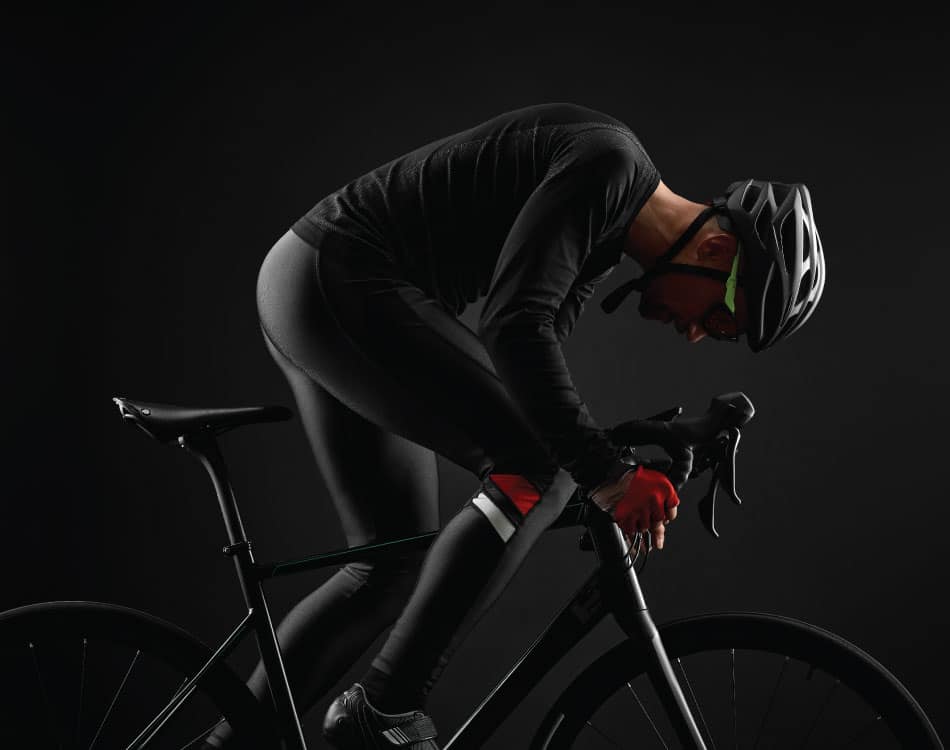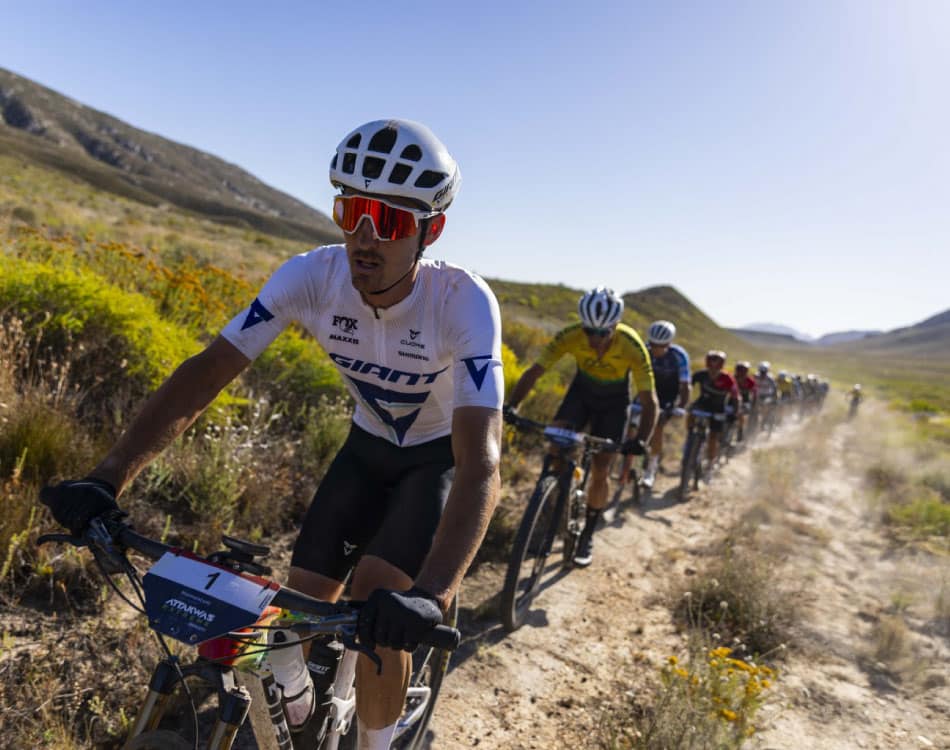As the 2022 racing season comes to a close, endurance athletes have some time before the racing resumes in the new year.
Faced with this reality, will you use this time productively to become a better athlete?
Rather than simply focus on base miles, get the most from the ‘off-season’ by addressing your weak points or those areas endurance athletes commonly neglect.
READ MORE | Playing The Gains Game As An Endurance Athlete
Focus on functional strength
According to internationally-renowned strength and conditioning coach Wayne “Tails” Taylor, the most commonly neglected elements of a holistic training plan among runners, cyclists and triathletes are the strength and functional training components.
As the High Performance Director at the Biogen-backed WT Human Performance, based in Johannesburg, Wayne has worked with a range of professional, serious and recreational athletes.
In his experience, athletes across the board tend to drop strength training when they ramp up their mileage.
“More time spent on the road leaves less time for the important strength conditioning work, specifically the functional exercises that are universally applicable to all endurance athletes.”
But with races off the radar, Wayne says it is the perfect time to become a stronger athlete.
“Our primary aim at WT Human Performance is to build stronger all-round athletes, no matter what sport you participate in.”
READ MORE | Improve Foot Strength And Ankle Stability To Become A More Resilient Runner
Boost peak power
According to Wayne, most exercises he prescribes to his clients address pelvic instability and core strength.
“A weak core or poor glute activation generally means the body can’t handle the power that the legs generate.”
This biomechanical dysfunction can cause pain and increase injury risk. “For example, many cyclists live with back pain, which they think is normal. However, that is usually a sign of pelvic instability due to weak glutes or poor glute medius activation.”
Other common issues that cyclists experience stem from the amount of time they spend in a position of hip flexion.
“As a result, powerful hip flexors like your iliopsoas get tighter. When combined with weaker hamstrings and glutes, this biomechanical imbalance tends to cause an anterior pelvic tilt, which inevitably leads to back pain.”
As such, Wayne usually combines strength training with mobility and flexibility drills to address these underlying structural and biomechanical issues.
“We also work to retrain weak postural muscles. These exercises enable athletes to get into and maintain anatomically correct positions and creates healthy movement patterns while training and racing. This can significantly reduce an athlete’s injury risk and makes them more efficient.”
READ MORE | Endurance Experts Share Their Best Strength Exercises
Get into position
Wayne’s workouts typically include functional movements such as squats and deadlifts, as well as unilateral or single-leg exercises that take the body through full hip extension.
“I tell my clients that they must execute every exercise with impeccable form. This often requires technique training and skills development before adding weight. Athletes generally advance too quickly without getting the basics right, which creates and reinforces poor movement patterns.”
Athletes who simply go through the motions, with little or no attention on their body position perform sloppy work that yields poor results or, worse, causes injury.
Wayne stresses that you must remain mindful of how your body moves at every point to derive the full benefit from an exercise. “Never train your body to generate power from bad positions.”
The various elements in this regard include proper joint alignment, moving through a full range of motion, and activating the target muscles.
“Eventually, an athlete should hold the perfect shape throughout the contraction (concentric) and lengthening (eccentric) phases of every exercise.”
READ MORE | 5 Ways You’re Fast-Tracking Injury
The positive spin-offs
Meeting these standards with every rep will deliver the biggest strength gains to boost your overall performance as your body starts to generate more force with every pedal stroke or foot strike.
“You need to generate force to move your mass. Increase the magnitude of that force and you’ll get faster, or produce the same output using less energy. In essence, you become more efficient.”
Athletes who combine functional strength with an appropriately planned diet to lose weight while increasing their strength and power output will get an even bigger performance benefit by increasing their strength-to-weight ratio, explains Wayne.
READ MORE | 10 Ways To Get Stronger Now
The off-season strength plan
According to Wayne, these are the exercises that every endurance athlete should include in their program:
- Squats, including variations such as TRX pistol squats
- TRX or stability ball hamstring curls
- Single-leg Romanian deadlifts
- Reverse lunges
- Eccentric calf raises
- Upper body push and pull exercises
- Various core exercises, including straight leg sit-ups, plank variations with movement, rollovers and lateral planks
“These exercises don’t need to be complex and you don’t need to go to the gym to get the work done. Use bands to create resistance and leverage your bodyweight with suspension trainers at home or outdoors.”
Wayne’s fundamental form tips include:
- Maintain your body shape during every exercise – chest up, shoulders down and head in a neutral position for proper posture.
- Generate force from the ground with your legs without losing body shape.
Aim to perform a combination of these exercises and various mobility drills at least three times a week while the racing season remains in limbo.
“Sessions don’t need to be long – 30 minutes is sufficient. But don’t forget a pre-workout warmup or activation drills.”















